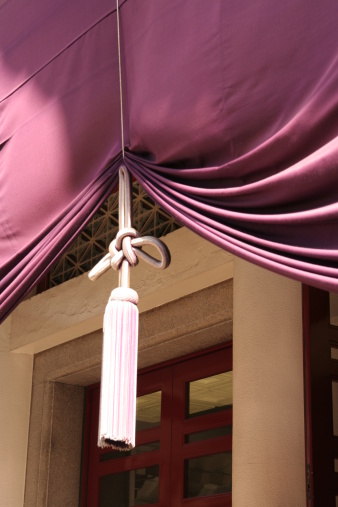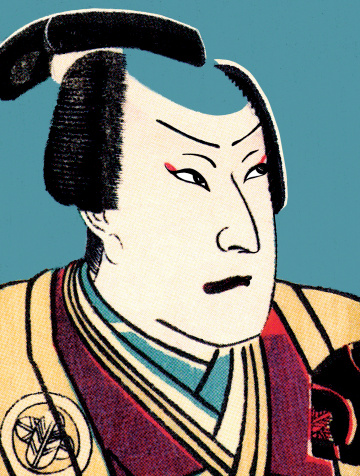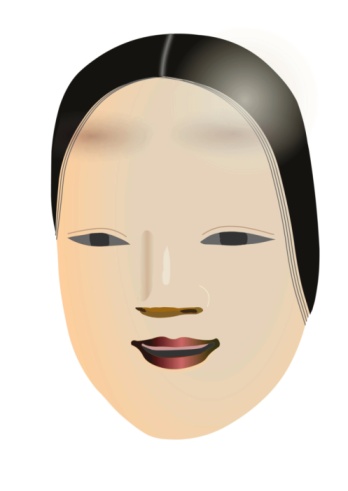Difference between Kabuki and Noh

Kabuki and Noh are the strong elements of Japanese art and culture. Most of the times people remain confused and think of them as one and the same thing.
Kabuki and Noh are the crucial elements of Japanese traditional theatre. Despite of having numerous similarities, Kabuki and Noh are significantly different from each other.
Kabuki traditional theatre surfaced in the era of Endo, and depicts love stories and the moral conflicts that were faced in those times. Apart from that, Kabuki performances also constitute of historical events that took place in Japan.
The mode of language used in Kabuki plays is extremely difficult and even some of the Japanese people find it hard to understand. In contrast, Noh theatrical plays emerged in the 14th century. The most differentiating factor of Noh is that the actors in the play hide their faces with masks. Subsequently, in order to play a sad character, a person would have to use a mask with a sad face and for happiness, he/she would have to use a mask with a smile.
The performances of Noh play are more concentrated towards drama, music, dance and poetry as compared to Kabuki. Similarly, the usage of scenery and other stuff is relatively less and more focus is put on the usage of costly costumes.
Stages used in Kabuki are usually revolving as compared to the simple stages used in Noh. Adding to that, Kabuki plays are acted by only men and even the roles of females are played by them. Kabuki performances are relatively lengthy while Noh shows are shorter.
Instructions
-
1
Kabuki:
There is no room for females in Kabuki plays . This theatre started in 17th century and the performers are required to shout in it.

-
2
Noh:
Noh started in 14th century and the performers are supposed to wear masks while acting. The emphasis on dance and music is comparatively more in Noh performances than other Japanese theatre forms.








